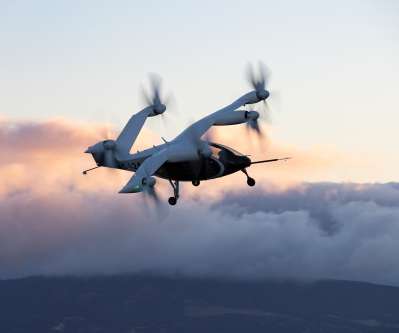NASA adds 14 new partners to Advanced Air Mobility project’s National Campaign; urban air mobility
Green Car Congress
JULY 16, 2021
Thirteen companies and one university have signed agreements with NASA’s Advanced Air Mobility (AAM) project’s National Campaign to continue work towards integrating air taxis, cargo delivery aircraft and other new air vehicle concepts into the national airspace system. SkyGrid, and The University of North Texas. Metron Aviation Inc.,











Let's personalize your content